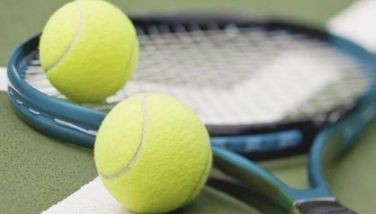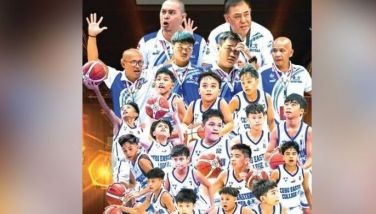Athletes as 'employees'
In last week’s column we stated that according to Arthur T. Johnson and James H. Frey in the introduction of the book, “Government and Sport: The Public Policy Issues”, sports - amateur and professional – have been presented by their representatives and perceived by the public as being merely “sport” (i.e., fun and games and diversion).
Johnson and Frey state sport participation is seen as a voluntary act that provides for periodic tension release, for community identification, and for temporary personal exhilaration. Since participation is voluntary and the sport organizations are considered voluntary (and non profit) associations, sport is not viewed as a formal part of the state system and thus governments generally leave the sports community to their own devices. Johnson and Frey say that pluralists see state involvement as indirect and only accommodating or facilitating. This perspective reinforces the ideal concept of the separation of the state and sport, and it suggest that the state, when necessary, intervenes on behalf of the larger public interest, not on behalf of specific class interest.
A case in point is when the administration of President Jimmy Carter decreed that no American athlete would take part in the 1980 Moscow Olympics in protest over Russia’s invasion of Afghanistan. The Philippines (including several other countries), bowing to American pressure, also did not take part. This was one glaring instance of the US Olympic Committee following the dictates of the US government which, in this instance, demonstrated that separation of sport and state did not exist, if it ever did, as emphasized by Johnson and Frey. That intervention was considered rare by American standards but is certainly not the most common practice in the world.
The Iron Curtain and the Communist countries during the Cold War days had what were then known as “state amateurs” or non-professional athletes who were supported by their governments from the vitamins they took in their quarters to the training they got whether in or out of their respective home countries. That was the “state amateur” model.
As Johnson and Frey state, somewhere in between, we find the British and Western European systems, and if I may add, the Australian and Canadian models (to include the Philippines and other ASEAN countries) which permit sport autonomy but because these governments make tax monies available to sport bodies, governments can have a direct policy impact on sport in these countries.
The Philippine model comes very close to the Canadian and Australian experience of how government deals with elite sports. The local model came to existence when Ferdinand Marcos abolished the Philippine Amateur Athletic Federation and came up with the Gintong Alay, the forerunner of the Philippine Sports Commission (with the Department of Youth and Sports being in existence before Gintong Alay).
According to Allen L. Sack and Bruce Kidd in the chapter “The Amateur Athlete as Employee” in Canada, virtually all athletes who compete in international competition on national teams are remunerated by the federal government. Thus one finds a much clearer case of Olympic athletes who have been transformed into employees (which is in turn rife with implications regarding athletes rights as employees).
As early as 27 years ago, the Canadian government provided 80 percent of National Sports Organization funding. Sport Canada spent US$45 million (around P1.9 billion) on high performance sport.
Sack and Kidd state that an essential component of the Canadian system is the athlete assistance or “carded athlete” program. Athletes receive financial assistance from the program (called the Athlete Assistance Program or AAP) according to a ranking or carding system based on performance. An “A card” is awarded to an athlete ranked in the top eight in his or her event in the world (in the top four for teams); a “B card” is awarded to one in the top sixteen (in the top eight for teams); and a “C card” is awarded to athletes who “have demonstrated the potential to achieve A or B card status.”
An A card entitles the holder to support for two years; B and C must be renewed annually. Aside from allowances, the athlete receives a monthly supplement, paid on the basis of demonstrated need, for extraordinary training costs, day care, special equipment, moving and travel expenses and facility rentals. In addition, the program pays for university and college tuition, books and instruments. After they retire, athletes who have been carded for at least three years are eligible for a final living stipend for eight months plus two semesters’ tuition.
The Canadian model is something we can only aspire for and dream about, given our own priorities and severe financial limitation. It should get administrators and athletes who receive allowances from government to think about their fundamental relationship with government and what rights accrue to them if, as it appears, they “have been transformed into employees.”
- Latest
- Trending



























